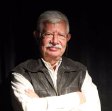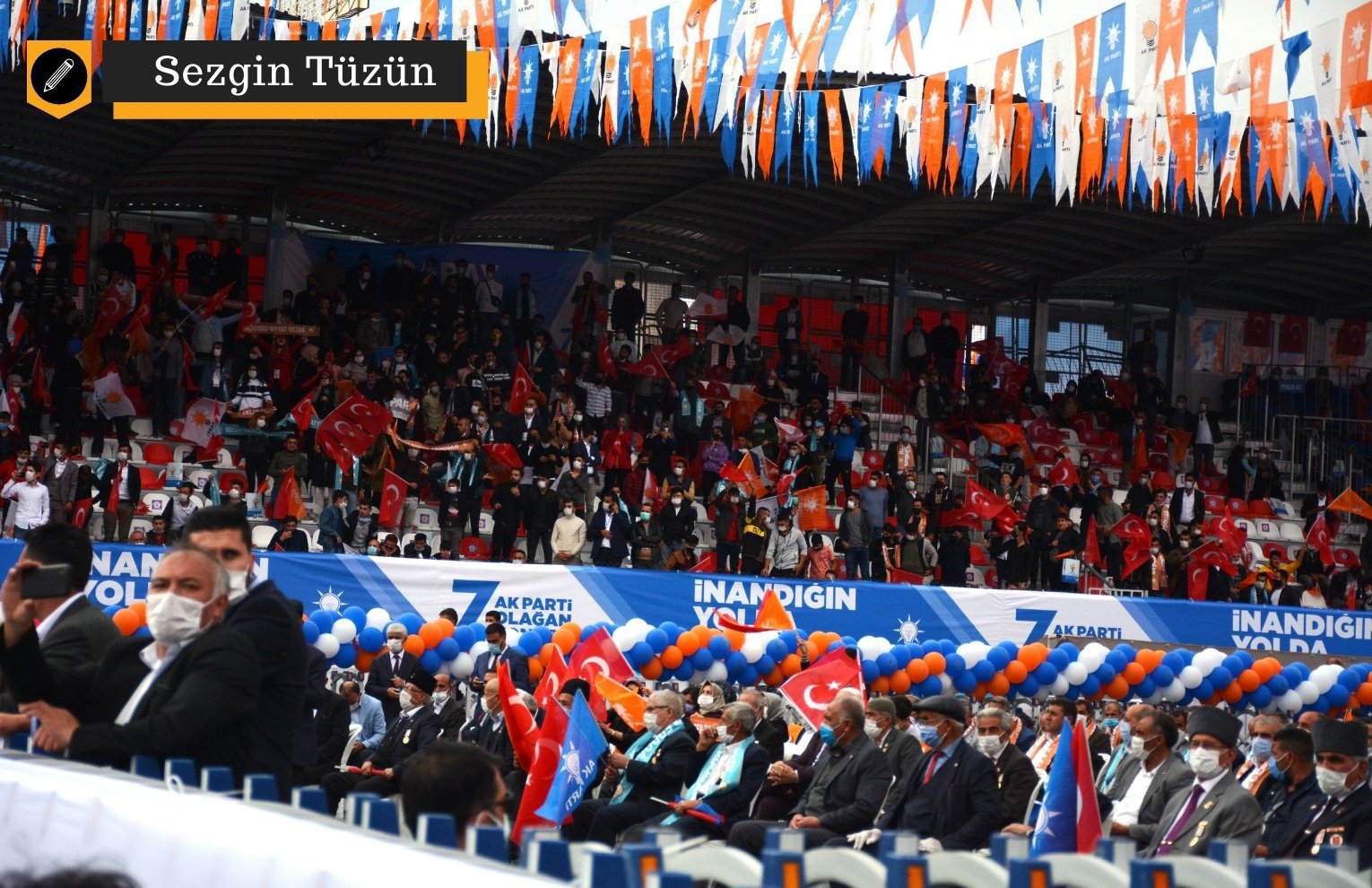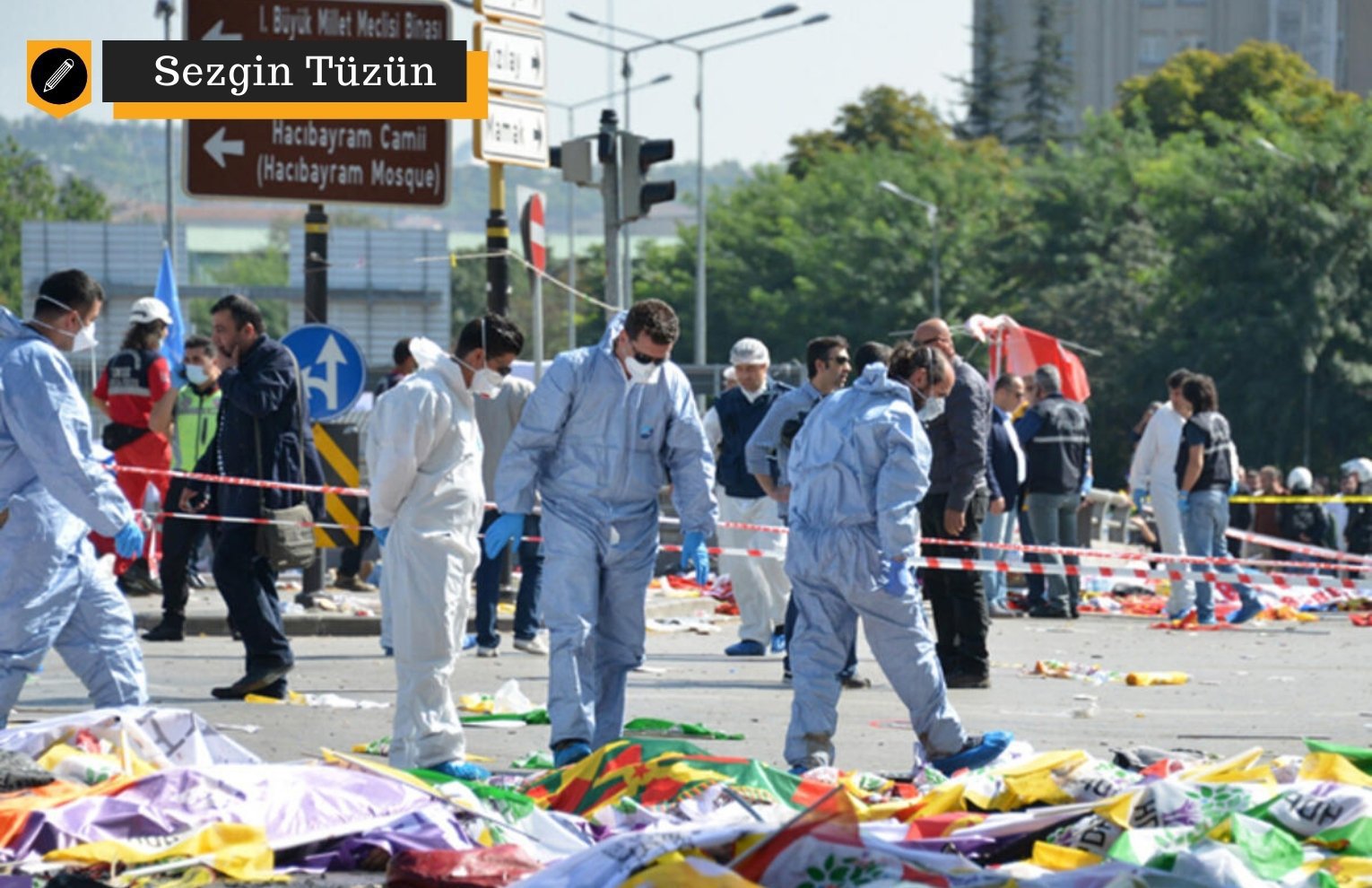Photo: AA/File
Click to read the article in Turkish
We often come across polls in newspapers and televisions such as "What if there was an election today -this Sunday-" asking "For whom/which party would you vote?" These "studies!", which use the method mostly described as the results of face-to-face or telephone surveys with a certain number of people; while these polls sometimes come up as the outputs of studies designed as the product of political public opinion survey which has a theoretical framework, method, and model, they can sometimes come up as a product of perception management as well.
Polls by six organizations
The findings of six different organizations, which are published in the six-month period from October 2020 to March 2021, are presented in the table above. Although some of these pieces of research display findings based on telephone surveys and some of them based on data obtained through face-to-face interviews; as we do not have information on how much of the voter population the survey telephone database represents, whether the field study sampling plans are based on probability or not; the modeling and sampling frame information of the studies have not been published with the research findings. However, since our topic in this article is not to evaluate the research findings [1], but only the perception transferred to the public through the results; the table above was prepared on the basis of the monthly (publicly available) publications of six different survey organizations in order to be able to talk about voter orientations, including those who are undecided and unresponsive, and to show different reflections in a six-month period.
Analysis
The elections reflect a system of preference in which most of the voters registered at the electoral rolls vote and some do not vote, in which the votes are predominantly valid, and a small number of improperly marked ones are considered invalid. Therefore, political opinion polls are also surveys conducted in order to estimate the proportional distribution of voters who have decided to vote and those who do not intend to vote or have not yet decided whether to vote.
In this respect, opinion polls have to show the proportion of voters who will or will not vote, the decided/undecided distinctions of the voters who will vote, and the party preferences of those who have made the decision to vote. Analysis of the structure revealed by the results of the public opinion polls displayed in the table above can tell us the following.
According to the survey of MAK in October 2020: The survey points out that participation in the elections will go beyond the level of participation in the 2015 and 2018 elections, and that the orientation towards parties other than the People's Alliance is 15 percent above the orientation towards the People's Alliance, offering the Nation Alliance a hope that the government can be changed.
According to the survey of GENAR in November 2020: Reflecting the proportional distribution of the determined voters, the number of undecided and unresponsive voters will decrease by 3.8 points until the elections, and increase AKP's votes to 35.8 percent, MHP's to 9.4 and BBP's to 0.52 percent. Since the vote of all other parties from the registered voters will reach 40.3 percent, it would not be misleading to say that the current government will preserve its seat according to the results of this research.
According to the survey of Metropol in December 2020: The 6.3 points decrease in the undecided and unresponsive, bringing 2.9 points of support to the People's Alliance, raises the voting rate of the voters registered in this alliance to 39.5 percent, while the size of those who vote for other parties reaches 45.5 percent. Therefore, it can be said that the government will be selected by the joint behavior of this 45.5 percent.
According to the survey of AKAM in January 2021: The valid voting rate of the last three elections is almost the same with the determined voters who chose a party in the survey (84.3 percent). According to the findings of the research, the difference between those who say they will vote for the People's Alliance and those who will vote out of the alliance reaches 10.5 percent of registered voters and this distribution is against the government. This result opens the door to interpretations that the possibility of a government change in the coming election is getting stronger.
According to the results of İstanbul Economics Research in February 2021: The rate of undecided and unresponsive voters will decrease by 7.5 points until the elections and if they are dispersed like determined voters, AKP's vote will increase to 31.1 percent and MHP's vote to 7.5. If the percentage of votes for all other parties received from registered voters reaches 43.9 percent and the opposition can unite under a single aim, these conditions may bring a potential change of power.
According to the research of Optimar in March 2021: It points out that assuming that the rate of undecided and unresponsive will decrease by approximately 3.2 points until the election and that they will behave like the currently determined voters, the vote of the People's Alliance will be 2-3 points lower than the votes of all other parties. Despite this difference against the People's Alliance, it would not be misleading to say that the election does not indicate the possibility of a government change. Because despite the unity of the People's Alliance in a single pattern of behavior, it is difficult to talk about the same possibility for other party voters.
Question of Sharia law
If, in the six consecutive months, the results of six separate survey organizations - not in terms of the validity and reliability of the data - suggest some possibilities, the first point to be addressed is the image that the ruling party has support from a voter base which does not fall below 30 percent. By speculating here, a new dimension can be added to the examination of the issue with a finding that can be conveyed from the 1996-2002 surveys conducted by Data Research for the Turkish Economic Social and Political Research Foundation (TÜSES) through teamwork (Türkiye'de Seçmen Eğilimlerinde Yeni Açılımlar 1994-2004, TÜSES Yayınları p.30-33).
When the voters were asked whether they would like to be governed by Sharia law of Islam, in the range of 9.9-26.7 percent of the voters answered "yes", while the majority of the total voters in the 58-60 percent range with very little volatility, answered "no." According to the mood of the period in which the survey was conducted, a significant portion of the voters, varying between 15-30 percent, either left the question unanswered or answered "I have no idea."
Reflection of what?
I wonder if the 38-40 percent of those who expressed their desire for Sharia and left the question unanswered constitute AKP's focus voters and the voters who hardly left their party? Perhaps at this point, a question like this should be asked; Does the fact that AKP's votes do not fall below 25-30 percent with the registered voter base is a reflection of an outcome independent of class/socio-economic position/education, income, employment, and similar variables, and with the effect that creates the demand for Sharia? Or Do constituent votes (that seem frozen between 25 and 30 percent of registered voters) which form the focus of AKP's votes, remain or seem to remain unchanged simply because of religious belief? The answer to this question is important because it includes an explanation of social change and unchangeability.
Same institutions, different months
Two studies of three of the six research institutions, whose findings are exhibited above, were made public in October and January. In addition, the fact that the People's Alliance's vote seems to be lower than the non-alliance votes in these studies may provide a clearer understanding of the direction and form of change, if there is any. The table was prepared to present the findings collectively and make the change visible.
When two pieces of Metropolitan research are examined comparatively; there is a decrease in the number of undecided and voters who will vote for AKP and MHP. This reduction increases the chance of a government change as a result of four points shift, an increase in the number of voters who will vote for parties other than the People's Alliance, and a decrease in the number of People's Alliance voters. However, this decrease in votes does not mean that the other side (that is, the opposition who is united) will win the election. However, if this process continues until the elections, the AKP-MHP alliance will need practices that will halt this process and even reverse the direction of development.
According to the researches of the Eurasia Public Opinion Research Centre (AKAM), while the undecided voters turn to AKP, they shift much less to the other parties. As a result, the difference between the votes for the People's Alliance and those for other parties is getting smaller and smaller. But despite this, the difference in votes found by AKAM between the two groups is still important and points to the continuation of the gap.
According to the MAK research findings, the difference between the voting rates of the People's Alliance and the total number of parties other than the People's Alliance does not decrease but increases. In addition, with the decrease in undecided votes, AKP's votes are also decreasing, and MHP stays in place. This gradually weakens the power of the People's Alliance against other parties.
How does it happen?
All three of the studies in the last table indicate that AKP has the support of 30.1–32.2 percent of registered voters in January 2021. At this point, it becomes inevitable to go back to the same question and subject.
I wonder, with the erosion of power for 18 years and the ongoing widespread poverty/unemployment/insecurity, corruption, economic crisis, workplace homicide and femicide, and the pandemic and inability to manage it added on top, how the ruling party under Erdoğan still has the support of 30 percent of the total registered voters?
Or if he doesn't have that support - how does he look like he does? Can the degree of impact attached to journalist/lawyer/academic, etc. be measured?
Looking back 20 years
So let us stop here and look back at 20 years ago. As it is known, after the 2001 crisis, the partners of the Ecevit coalition government (DSP-MHP-ANAP), reduced their vote rate of 44.4 percent with the registered voters base in the 1999 elections to 11.2 percent in the 2002 elections. In other words, three out of every four votes gained before the government were lost due to the crisis and relations between the ruling partners. On the other hand, it is seen that AKP lost only one-third of its votes and kept two-thirds, despite the 19-year erosion of power and the economic crisis and social problems that are much more severe than in 2001!
But what does this mean?
Does it mean that political opinion polls do not or cannot detect all aspects of the government's vote loss?
Does it mean that the social goals set up with September 12 are getting reached?
Or does it mean that society is silent and awaits the election to reflect its true feelings and thoughts?
One might think that we need a little more time to see the result and socially understand what is happening more clearly.
TOMORROW: This article series ends with the article titled "Voters are changing, what about the society!"
[1] It may be useful to open a small parenthesis here. There are sine qua non rules for the safe use of research data and findings - which is much more important for published surveys -. Researchers, journalists, academics, writers, and those who transmit information to the public should never bypass these rules. I focused on these issues in my book called "Araştırma Denilince" (Bağlam Yayınları, İstanbul, 2021) and tried to explain the situation with examples. For this reason, those who are stuck with the phrase "not to evaluate the research findings" above can obtain more detailed information on the subject from this book.
COMING TO POWER BY ELECTIONS AND NEVER LEAVING
1- The stones of power laid on the roads
2- The ambition to 'get off the tram'
(ST/NÖ/DCE/VK)





.jpg)


.jpg)
.jpg)